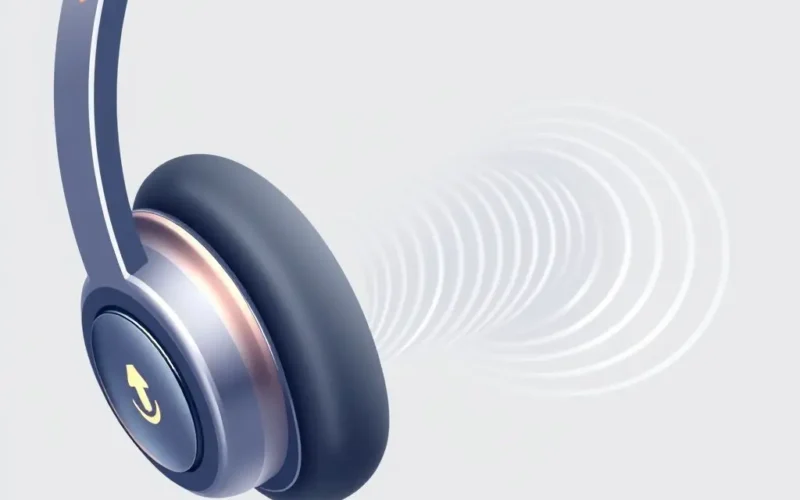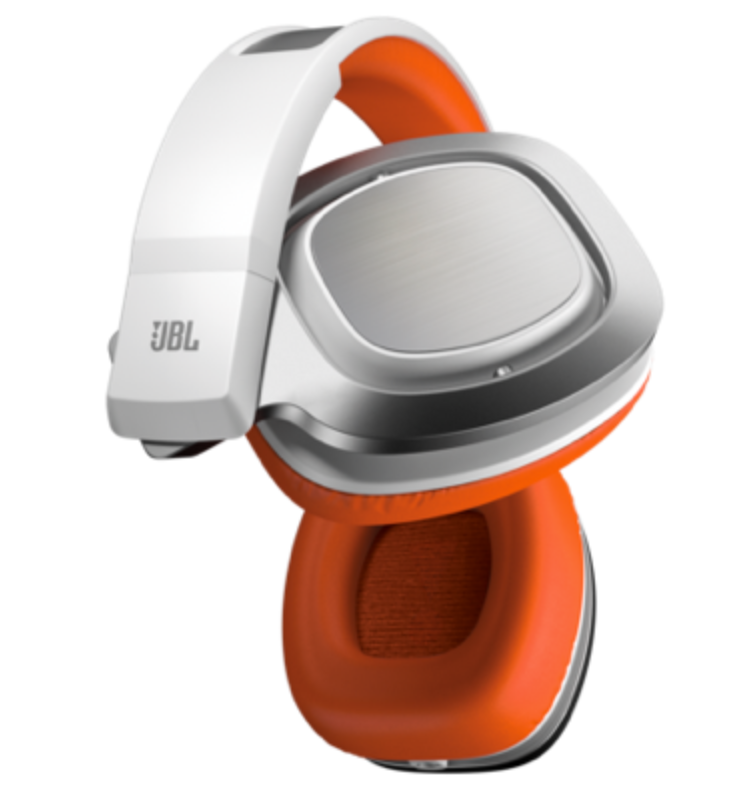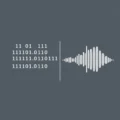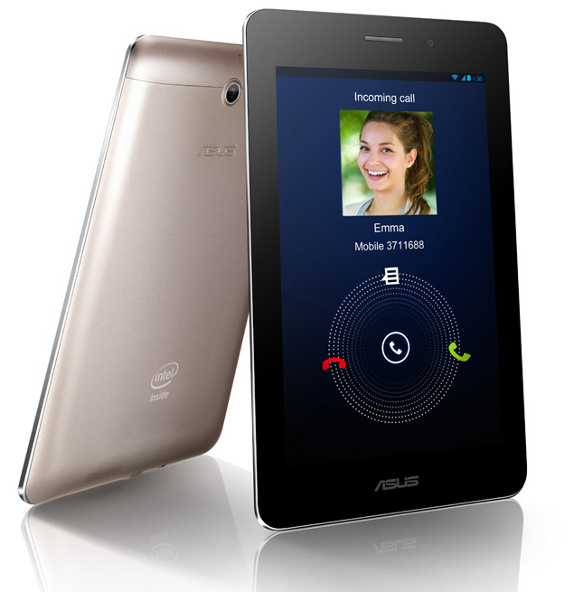Ever slipped on a pair of noise-cancelling headphones and felt the world just… hush? That blissful bubble of silence, where the drone of an airplane engine or the office chatter fades into oblivion, feels almost like a superpower. But it’s not sorcery; it’s some seriously clever science! Those tiny ‘spies’—microphones on your headphones—are constantly eavesdropping on the world around you. Their mission? To help create an ‘anti-noise’ that, in a feat of audio judo, neutralizes the racket. Think of it as sound wave aikido, where unwanted noise is cleverly turned against itself, leaving you with nothing but your chosen audio or serene quiet.
It’s a pretty neat trick, turning chaos into calm. If you’re curious for a super-quick visual rundown of this audio wizardry before we dive deep, our team put together a snappy YouTube Short that nails the basics. Go on, give it a watch – it’s less than a minute and might just make your brain do a little happy dance!
Watched it? Cool, right? Now, let’s unpack that “sound wave trickery” and explore exactly how noise-cancelling headphones work their magic.
Table of Contents
The Core Mechanics: Unmasking the “Magic”
At the heart of most noise-cancelling headphones is a technology called Active Noise Cancellation (ANC). It’s an intricate dance of physics and electronics. Let’s break it down step-by-step:
Step 1: The Eavesdroppers – Tiny Microphones at Work
The first line of defense (or rather, offense against noise) involves one or more miniature microphones built into the exterior of the headphone earcups. These aren’t for your phone calls (though some might serve a dual purpose). Their primary job is to act like vigilant sentinels, constantly listening to and capturing the ambient sounds in your environment – the hum of the train, the office air conditioning, the distant traffic.
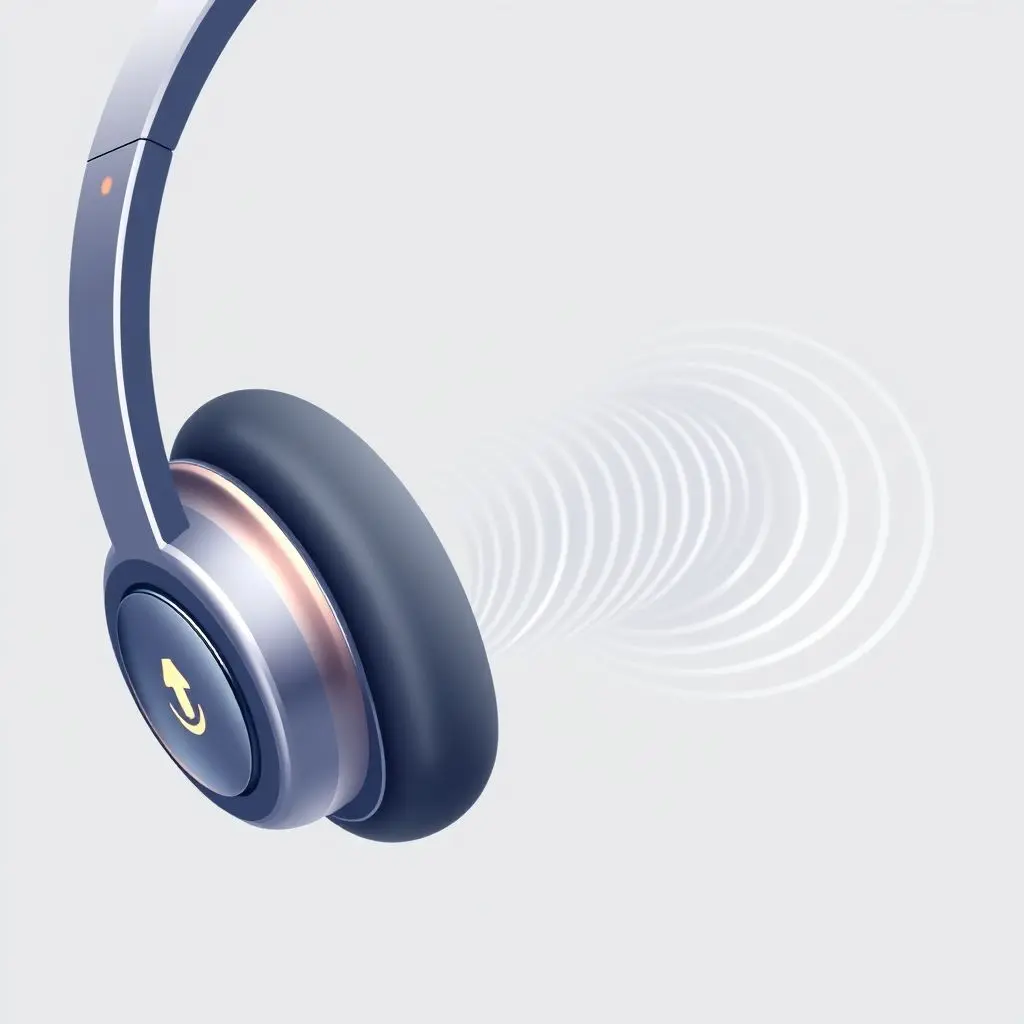
Step 2: The Brains of the Operation – Digital Signal Processing (DSP)
Once the external microphones pick up the unwanted noise, that sound information is instantly fed to a sophisticated piece of electronics inside the headphones – the Digital Signal Processor (DSP) chip. This chip is the ‘brain’ of the ANC system. It analyzes the incoming sound wave, identifying its specific characteristics: its frequency (how high or low the sound is) and its amplitude (how loud it is).
Step 3: The Counter-Offensive – Crafting “Anti-Noise”
This is where the real genius comes in. Based on its analysis, the DSP generates a brand new sound wave. But this isn’t just any sound wave; it’s an exact mirror image of the original noise. It has the same amplitude and frequency, but it’s precisely 180 degrees out of phase. Think of a normal sound wave as having peaks and troughs. The ‘anti-noise’ wave generated by the DSP will have a trough where the original noise has a peak, and a peak where the original has a trough.
Step 4: The Collision – Destructive Interference in Action
This meticulously crafted ‘anti-noise’ wave is then played through the headphone’s speakers, directed towards your ears, at the exact same time as the original ambient noise is naturally reaching them (after being somewhat reduced by the physical earcup itself). When these two sound waves – the original noise and its ‘anti-noise’ counterpart – meet, they undergo a phenomenon called destructive interference.

Remember the voiceover script’s analogy? It’s like adding +1 and -1 to get 0. The peak of the noise wave is met by the trough of the anti-noise wave, and vice-versa. They effectively cancel each other out. The result? A significant reduction in the perceived ambient noise, leaving you to enjoy your music, podcast, or just some precious peace and quiet.
Beyond the Basics: Types of Active Noise Cancellation
While the core principle is the same, ANC technology can be implemented in a few different ways, each with its pros and cons:
Feedforward ANC: The External Sentinels
In a feedforward system, the noise-detecting microphone is placed on the outside of the earcup. It hears the noise before you do and relays it to the DSP. This system is generally good at reducing noise across a wider range of frequencies. However, because it doesn’t ‘hear’ what you’re hearing inside the cup, it might sometimes misinterpret sounds or be affected by things like wind noise hitting the external mic.
Feedback ANC: The Internal Auditors
Feedback ANC places the microphone inside the earcup, closer to your ear. This microphone listens to the sound that you actually hear, including your music and any remaining noise. This allows the system to self-correct and fine-tune the anti-noise signal more accurately. Feedback systems can be very effective, especially for consistent low-frequency sounds, but they might struggle more with very sudden or high-frequency noises that the internal mic doesn’t catch as quickly as an external one.
Hybrid ANC: The Best of Both Worlds
As you might guess, Hybrid ANC combines both feedforward (external) and feedback (internal) microphones. This offers the most comprehensive approach. The external mics tackle the ambient noise broadly, while the internal mics fine-tune the cancellation and correct for any sound that still leaks through or is generated within the earcup. Hybrid ANC is typically found in more premium headphones and offers the most effective noise cancellation across the widest range of sound frequencies and types.
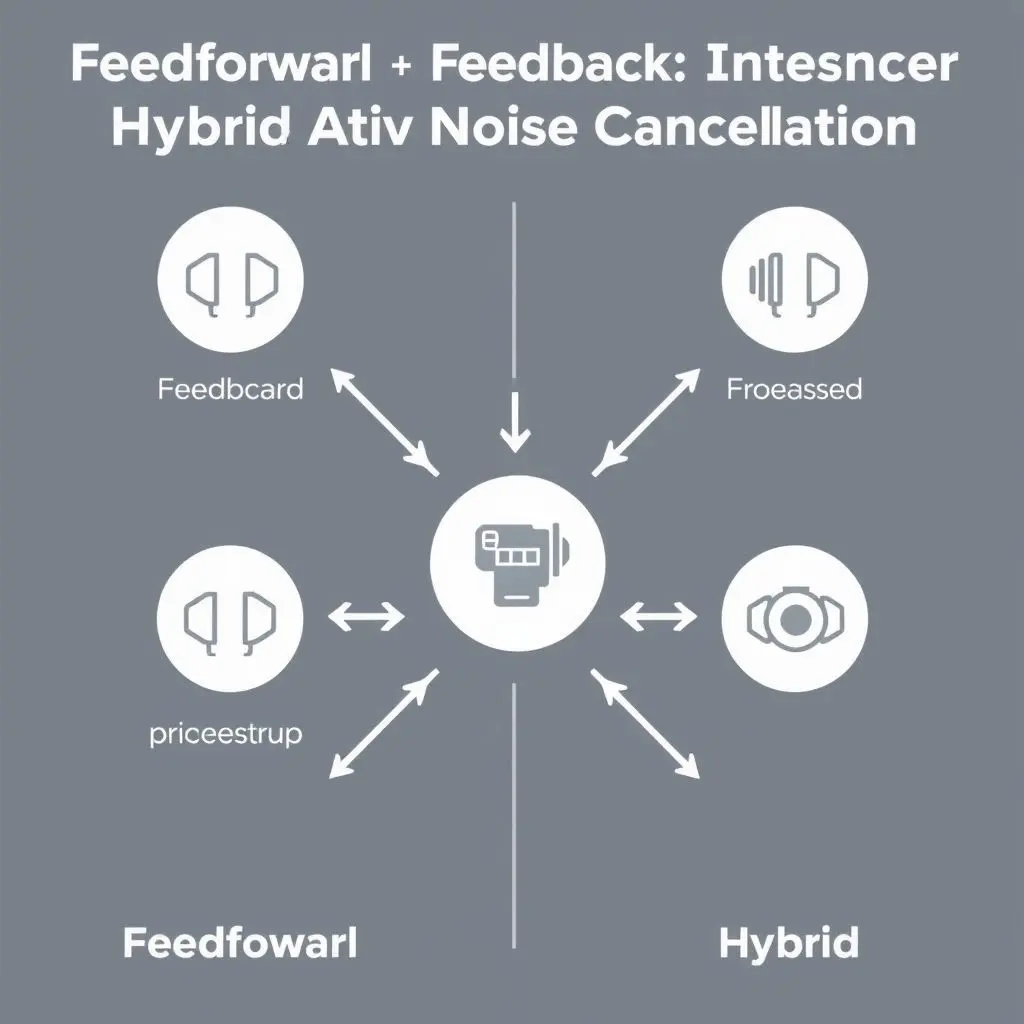
Don’t Forget Passive Noise Cancellation (PNC)!
It’s important to distinguish Active Noise Cancellation from Passive Noise Cancellation (PNC), also sometimes called noise isolation. PNC doesn’t involve any electronics. Instead, it relies on the physical design of the headphones to block out external sound. Think of well-fitting over-ear headphones with thick, plush earcups, or in-ear monitors that create a seal in your ear canal. These physical barriers are naturally good at muffling sound, especially higher-frequency noises like conversations or a baby crying.
Most noise-cancelling headphones utilize both ANC and PNC. The passive isolation provided by the earcups reduces a good chunk of noise on its own, particularly those high frequencies that ANC struggles with. The ANC system then actively targets the remaining, usually lower-frequency, sounds.
What Noises Surrender Best to ANC?
Active Noise Cancellation is a champion against consistent, low to mid-frequency sounds. This includes:
- The drone of airplane engines
- The rumble of trains or buses
- The hum of air conditioning units
- The monotonous whir of office fans or computer hardware
- Distant crowd murmurs
Why these sounds? Because their repetitive and predictable wave patterns are easier for the DSP to analyze and create an effective anti-noise signal for. ANC is less effective against sudden, sharp, or very high-frequency sounds like a door slamming, a dog barking nearby, or specific, clear voices in close proximity. The system needs a fraction of a second to process and react, so very quick, transient sounds might still get through. This is where good passive noise isolation helps significantly.

The Flip Side: Limitations and Quirks of ANC
While incredible, ANC isn’t without its quirks or limitations:
- The “Eardrum Suck” or Pressure Sensation: Some users report a feeling of pressure or a slight ‘sucking’ sensation in their ears when using ANC headphones, even without music playing. This can be due to the way the anti-noise interacts with the ear, the complete lack of ambient sound (which our brains aren’t always used to), or very low-frequency sounds produced by the ANC itself. It usually subsides with use, or some headphones designs mitigate this better than others.
- Battery Life: The microphones, DSP, and speakers all require power. Using ANC will drain your headphone’s battery faster than using them with ANC off.
- Cost: The sophisticated technology involved means noise-cancelling headphones are generally more expensive than their non-ANC counterparts.
- Not Perfect Silence: It’s crucial to understand that ANC reduces noise; it doesn’t eliminate it entirely to create a vacuum of silence. The effectiveness varies by headphone quality and the type of noise.
- Impact on Sound Quality (Historically): In older or cheaper ANC headphones, the anti-noise signal could sometimes slightly affect the quality of the music playback. However, modern high-quality ANC headphones have largely overcome this, delivering excellent audio alongside noise cancellation.
From Cockpits to Commutes: A Brief History and Future Glimpse
The concept of active noise control isn’t brand new. Dr. Lawrence J. Fogel patented early systems in the 1950s for reducing noise in helicopter and airplane cockpits. Dr. Amar Bose is famously credited with developing the first commercially viable noise-cancelling headphones in the late 1970s, initially for pilots, after a noisy flight experience.
Today, ANC technology is more refined, compact, and accessible than ever. The future looks even quieter, with advancements focusing on:
- AI-Powered ANC: Using artificial intelligence to better identify and adapt to different types of noise in real-time for more effective cancellation.
- Personalized ANC: Headphones that can calibrate the noise cancellation to your specific ear shape and hearing profile.
- Adjustable ANC & Transparency Modes: Many headphones now offer varying levels of noise cancellation and sophisticated ‘transparency’ or ‘ambient aware’ modes. These modes use the external microphones to intentionally pipe in certain outside sounds (like announcements or conversations) without you needing to remove your headphones.
Conclusion: The Symphony of Silence
So, the next time you slip on your noise-cancelling headphones and the world’s cacophony melts away, you’ll know it’s not just plush earcups doing the work. It’s a sophisticated symphony of microphones, digital signal processors, and precisely engineered anti-noise sound waves performing an incredible feat of audio engineering. This technology doesn’t just offer a more pleasant commute; it can enhance focus, reduce stress, and even help protect your hearing by allowing you to listen to audio at lower, safer volumes.
It truly is a remarkable bit of tech, turning the principles of physics into your personal sanctuary of sound. Pretty neat, right?
Frequently Asked Questions (FAQs)
Q1: Can noise-cancelling headphones damage your ears?
A1: Generally, no. In fact, they can be beneficial. By reducing ambient noise, they allow you to listen to music or audio at lower volumes, which can help prevent noise-induced hearing loss. However, listening to any headphones at excessively high volumes for prolonged periods can still be harmful.
Q2: Do noise-cancelling headphones work without music?
A2: Yes! The Active Noise Cancellation feature works independently of any audio playback. Many people use them simply to reduce ambient noise for better focus, sleep on planes, or just to enjoy some quiet.
Q3: Are noise-cancelling headphones good for studying or focus?
A3: Absolutely. By minimizing distracting environmental noises, ANC headphones can significantly improve concentration and productivity, making them a popular choice for students and professionals working in noisy environments.
Q4: What’s the difference between noise-cancelling and noise-isolating headphones?
A4: Noise-cancelling (specifically Active Noise Cancellation) uses electronics to create ‘anti-noise’ to actively erase ambient sound. Noise-isolating (Passive Noise Cancellation) refers to the physical design of the headphones (e.g., earcup material, seal) that physically blocks sound from entering your ears. Most ANC headphones also provide good noise isolation.
Q5: Why can I still hear some sounds with noise-cancelling headphones on?
A5: ANC is most effective against constant, low-frequency sounds. It’s less effective against sudden, sharp, or very high-frequency sounds (like speech or a dog bark). No ANC headphone creates total silence, but they significantly reduce overall noise levels.
